Saipan
In the western Pacific and about 2000 kilometres northeast of the Philippines lies the American autonomous commonwealth of the North Mariana Islands (CNMI). The Northern Mariana Islands consist of fifteen islands divided into a northern part and a southern part. Eleven of the islands are located in the northern part and are unpopulated volcanic islands because the coast line consist exclusively of high cliffs. Four islands are located in the southern part and three of these are populated. The largest island is Saipan, which has a population of about 40,000. South of Saipan lies Tinian and Rota with a population of about 4000 each. Just south of Tinian lies the fourth island, Aguijan, which is unpopulated for the same reasons as the northern islands.
In 1521, the Northern Mariana Islands were discovered by the Portuguese explorer Ferdinand Magellan. In 1667, the islands came under Spanish rule who used the islands as a transshipment site. In 1899, the islands was sold to the german empire but came during the First World War to be occupied by the japanese empire. After First World War, Japan retained the Northern Mariana Islands, which became part of the Japanese South Seas Mandate. During the interwar period, the main production on Saipan, Tinian and Rota was sugar cane. During the interwar period, both Japanese (Okinawans) and Koreans emigrated to Saipan and were mixed with the indigenous population, Chamorros. From a military perspective, Saipan was of strategic value. The Japanese empire saw Saipan and the Northern Mariana Islands as the last strategic line of defense before the Japanese mainland and its islands. Therefore, during the thirties, Japan came to strengthen the defense of Saipan.
Japan’s imperial ambitions in the western Pacific and Southeast Asia put them on a collision course with both British and American interests. One way to stop Japan’s expansion was to introduce a steel and oil embargo from the American side. This threatened the Japanese fleet, which was heavily dependent on both steel and oil. To free itself from American dependence, Japan launched a war of aggression in Southeast Asia and the western Pacific. The war began in December 1941 when the Japanese Navy attacked the american naval base at Pearl Harbor, Hawaii. The aim was to knock out the American Pacific fleet and thus give Japan free hands in the western Pacific. Within the next few days and weeks, Japan invaded US controlled Philippines, Malaya, Guam, Wake Islands, Gilbert Islands, Solomon Islands, Thailand, New Guinea, Singapore and Hong Kong. Planes from Saipan took part in airstrikes on Guam.
Initially, Japan reaped great success and occupied much of Southeast Asia and parts of the western Pacific in 1942. But the American Pacific fleet had not been knocked out at Pearl Harbor and the American war industry was turning into high gear. In February 1942, the United States carried out airstrikes against Japanese targets in Marshall and Gilbert islands, and in August 1942 they invaded Guadalcanal (Salomon islands), which after bitter fighting was recaptured in February 1943. The battle for the Midway islands in June 1942 was a decisive american victory which strongly decimated the japanese fleet. In 1943 and 1944, the Americans began to recapture island by island (Gilbert, Marshall, Wake) in the Pacific, and in the summer of 1944 the Northern Mariana Islands were next in line.
Just like the Japanese, the US understood the military strategic value of Saipan as a last defence position and a springboard towards the Japanese mainland. A conquest of Saipan (and Tinian) would give Americans access to airbases (in Saipan there were two airfields) from where they could reach the Japanese mainland and its islands with their B-29 bombers. Saipan was therefore defended by about 30,000 men ready to face an attacker. Saipan became the first American target in the conquest of the Northen Mariana Islands, an operation known as Forager. Four days before the landing, the American air force began with intense bombing of the Japanese defenses on Saipan and two days later the american navy launched an equally intense shelling. The aim was to knock out the Japanese defense as much as possible before the amphibious landing.
In the morning of June 15, the 2nd and 4th marine divisions landed on four selected beaches named, Red, Green, Blue and Yellow. They faced harsh, but sporadic shelling, and had after about 20 minutes managed to bring about 8000 men ashore and acquire a small bridgehead on the beaches. However, the Japanese defense was far from defeated and the American losses on the first day amounted about 2000 men and the goals set for day one were far from achieved. In order to maintain the momentum of the advance, the marines was reinforced with the 27th infantry division on June 16. On the same day, the Japanese launched an armored attack on the beaches in an attempt to throw the americans back into the sea. But the attack was poorly coordinated and the Japanese tanks of model 95 (light) and model 97 (medium) were easily knocked out by american Sherman (M4) tanks, anti-tank and bazookas. By the time the attack was over, 31 of 35 Japanese tanks had been knocked out. This was the largest tank battle fought in the Pacific.
The landing made the Japanese realize the seriousness of the invasion of Saipan (and eventually Tinian and Guam). Therefore, the Japanese navy set course toward Saipan to engage the american navy and ease the pressure for the japanese island defenders. But the american navy was prepared and between June 19 and 20 a naval battle (the battle of the Philippine Sea) was fought involving both sea and air forces. The battle was a crushing American victory and an equally crushing loss for the Japanese, where the latter lost about 600 planes, three aircraft carriers (Shokaku, Taiho and Hiyo) and about 3,000 men. The American pilots were much more experienced and much better trained then the Japanese pilots. The battle has therefore gone down in history as Mariana’s Turkey Shoot.
The main target for the americans was the Aslito airfield in the south, and then turn north wiping out the japanese defenders. The airfield was conquered on June 18 by the 4th marine division and parts of the 27th infantry division. Same day they reached the east coast of Saipan which meant that the Japanese forces were cut off from each other. All with relatively small american losses. The Japanese retreated to the Naftan peninsula in southern Saipan and kept the 4th marine division busy. The dense jungle and caves were to the Japanese advantage. But it was north the problems begun for the 2nd marine division and the 27th infantry division.
Here the terrain was hilly and the jungle made the advance problematic. The slopes of Mount Tapochau also gave the Japanese the opportunity to hide in caves and defend themselves from a higher position from which they shelled the americans (If you don’t take the high ground, the high ground will take you). Japanese snipers also made the advance difficult. The Japanese also fought furiously and chose rather to commit suicide than to be captured. Preferably bringing a few americans with them into the death. This made the Americans reluctantly entering caves and used flamethrowers to fight the Japanese who had hidden themselves in caves and refused to give up. Some of the fiercest battles were fought at Tapochau and for a good reason the americans named some places Death Valley, Purple Heart Ridge and Hell’s Pocket. On June 25, Tapochau had been conquered but it took another five days before all Japanese resistance at Death Valley was defeated.
Since the landing, the Japanese had problems with logistics and communication. It was therefore difficult for the commander, Lieutenant General Yoshitsugu Saito, to obtain any overall picture of the situation. After Tapochau was secured, the americans continued north and on July 6th they had forced the Japanese to the edge of northern Saipan with no opportunities to strike back. But Saito did not intend to give up without a fight and thought it was better to die in battle than to be captured. Therefore, on the night of July 7th, he ordered all remaining Japanese, including wounded, to carry out a massive attack (Banzai Charge) with everything available. Those who did not have firearms were ordered to arm themselves with the stacks, fully aware that they would most likely die.
Early in the morning, the Japanese took up their positions at San Roque in western Saipan and attacked the American positions furiously. It was the 105th regiment of the 27th infantry division that took the major hit of the attack. The attack lasted about fifteen hours and by the end, about 4,300 Japanese had been killed while the American losses amounted just under 1,000 dead and wounded. This was the largest Japanese suicide attack during the war. After the attack, the Japanese were buried in large, unnamed mass graves.
Japanese propaganda had portrayed american soldiers as moralless demons, murderers and rapists. This was the first time the americans faced an enemy (and civilians) who rather died than facing disgrace of being captured, at least to a greater extent. This was something the americans was not prepared for and partly difficult to deal with psychologically, especially when civilians chosed suicide as a last resort. In particular it was painful to witness when parents brought innocent children into death.
On July 9th, 1944, general Holland Smith declared victory over the Japanese forces at Saipan. About two weeks later than planned. The next day, the Japanese commander, Saito, committed suicide in a cave. Another high-ranking military officer who committed suicide on Saipan was deputy Admiral Chuichi Nagumo. Nagumo was the commander of the naval force (Kido Butai) that led the attack on Pearl Harbor, Hawaii, in December 1941. In March 1944, he was given command of the Japanese central pacific fleet at the Northern Mariana Islands based on Saipan. He took part in the fighting on Saipan and when he faced defeat he committed suicide.
About 71,000 American troops participated in the battle of Saipan, which about 3,100 died and about 13,000 were wounded. Of the approximately 30,000 Japanese defenders, about 24,000 were killed. About 5,000 committed suicide and only about 1,000 were captured. Single Japanese soldiers hid in caves and carried out guerrilla warfare until December 1945. How many civilians died is difficult to estimate but figures around 20,000 occur while about 14,000 were taken prisoners and interned. But the hard and ferocious fighting the japanese put up gave the americans an insight what the japanese was capable of the closer they got the japanese mainland.
After Saipan was secured (even before) engineering troops arrived and immediately began to expand the airfields. Aslito was ready in October, and in November the first B-29 bombers took off to Japan mainland. The airfield was renamed Isley field in memory of an American pilot who was shot down during an attack on the airfield just before the invasion.
Current status: Partly preserved/demolished with monument (2025).
Location: 15°16'50.60"N 145°48'22.85"E
Get there: Car.
Follow up in books: Sloan, Bill: Their Backs against the Sea: The Battle of Saipan and the Largest Banzai Attack of World War II (2017).
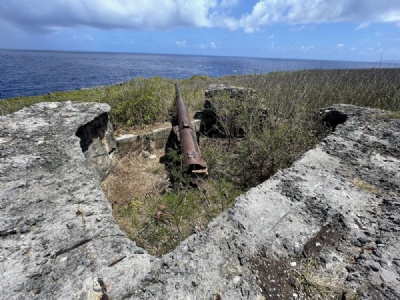
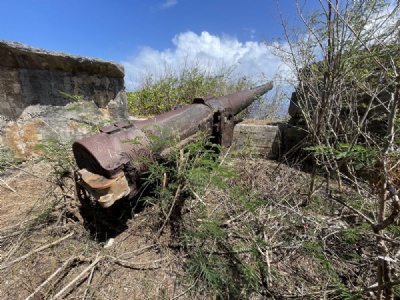
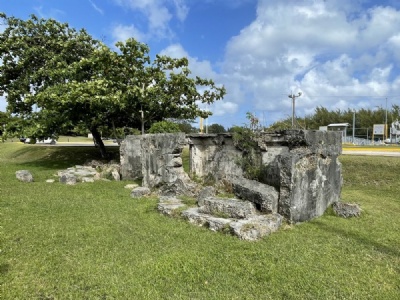
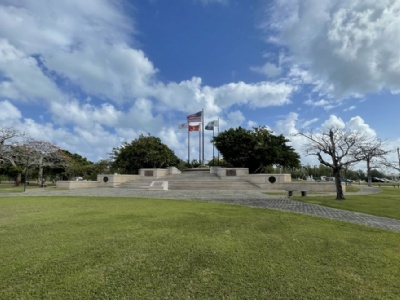
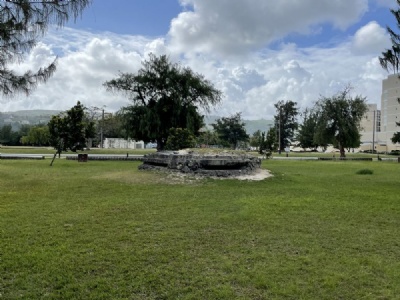
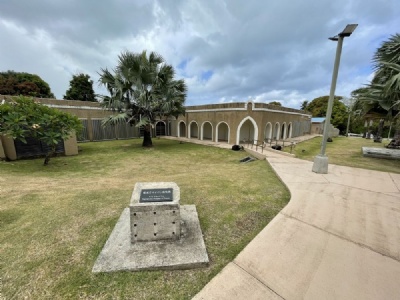
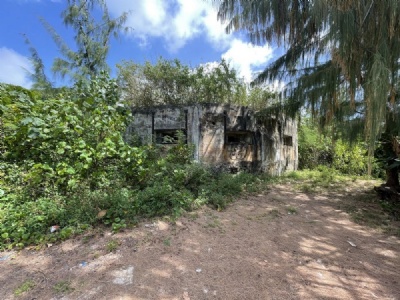
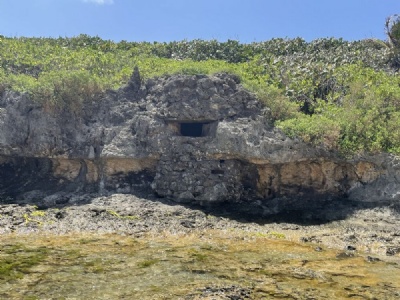
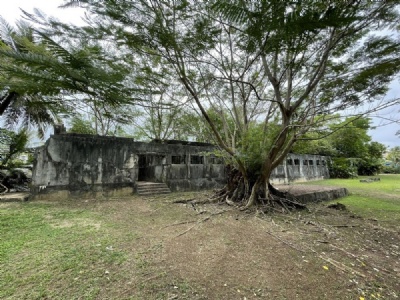
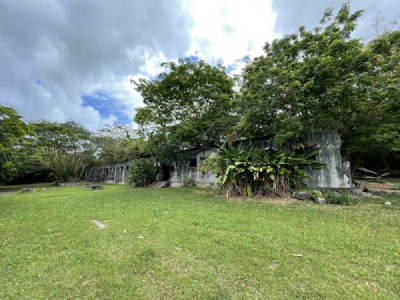
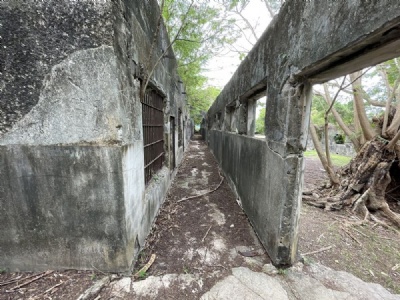
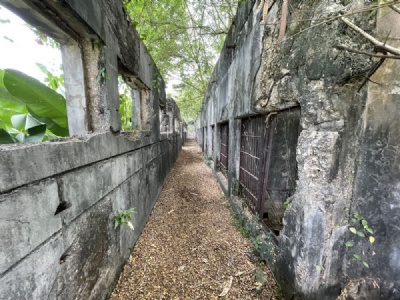
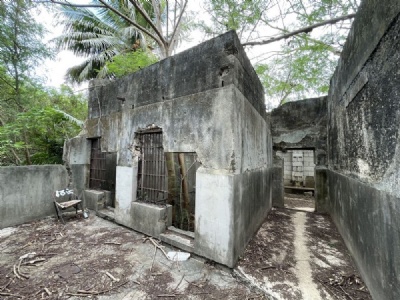
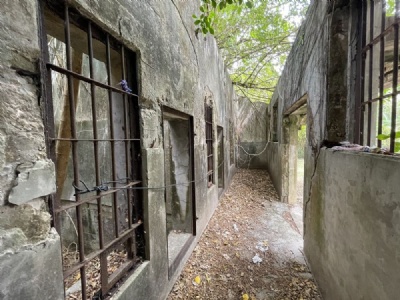

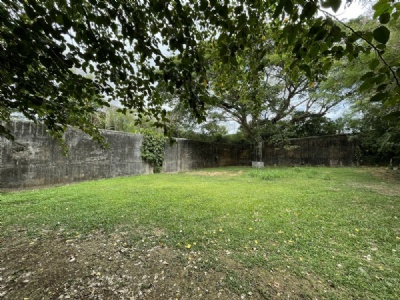
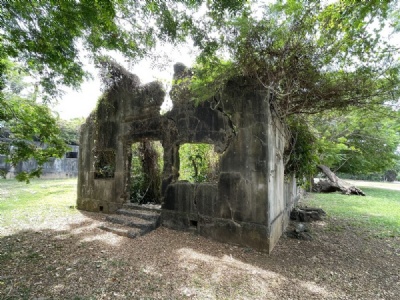

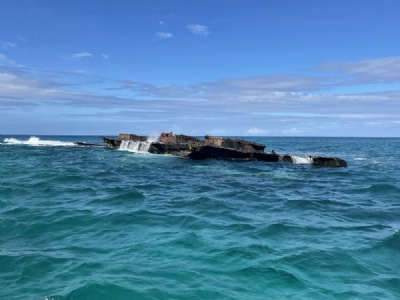
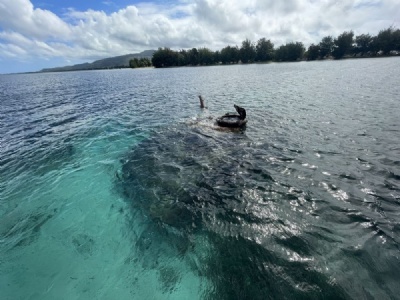

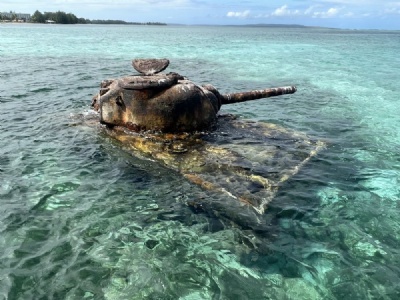
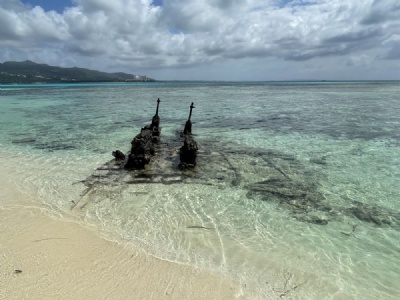
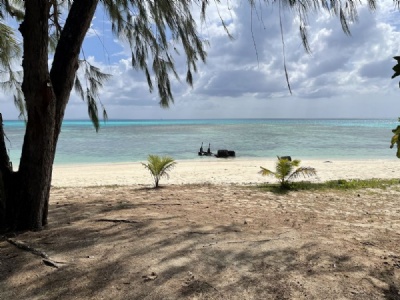
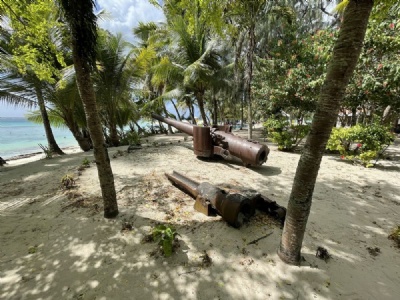
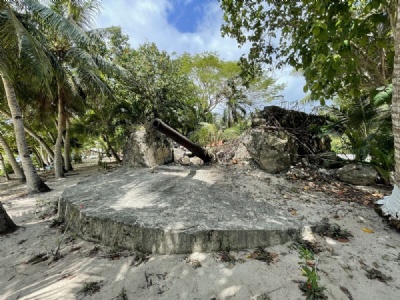
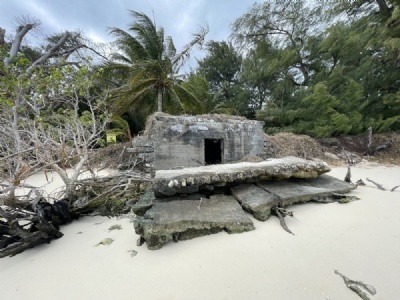
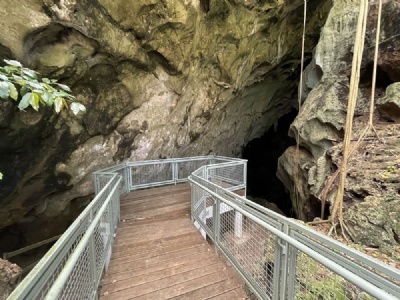
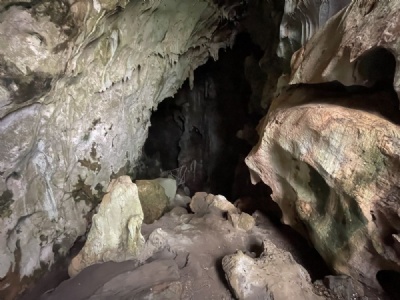
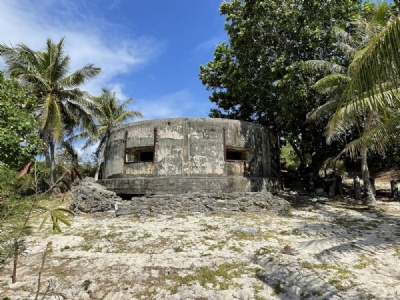
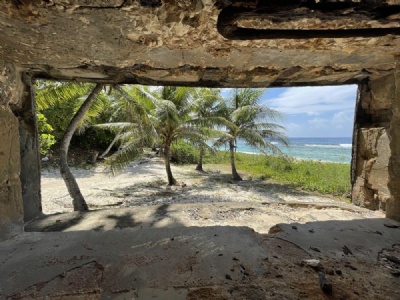

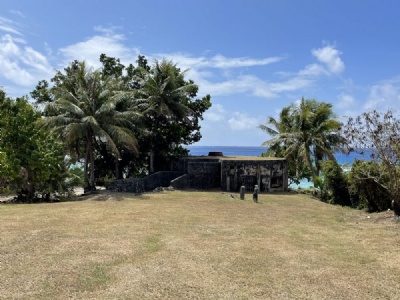
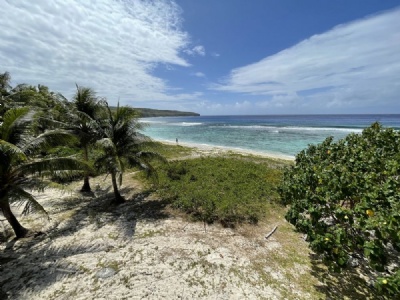
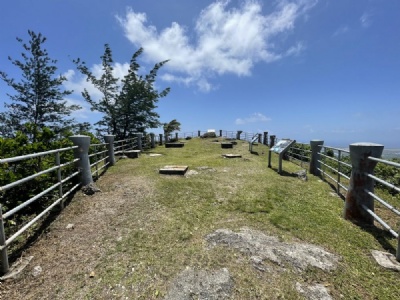
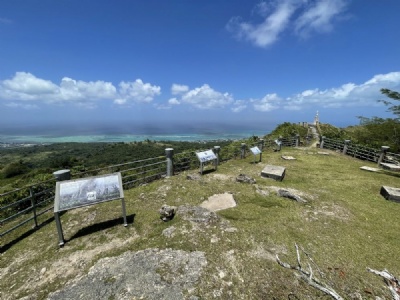
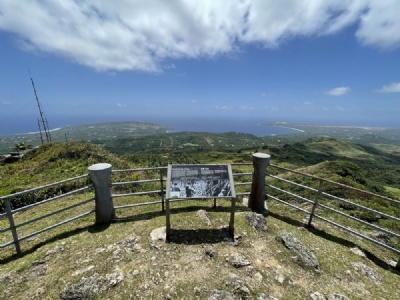
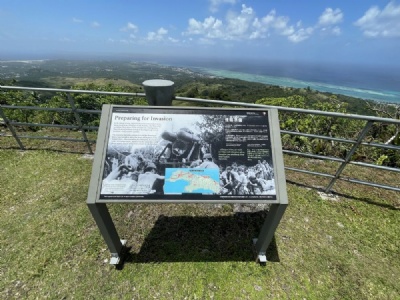
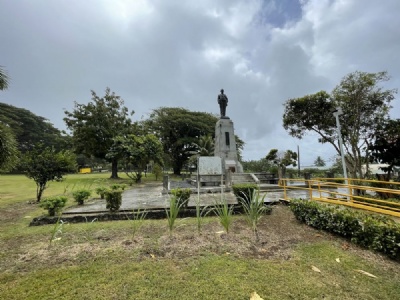
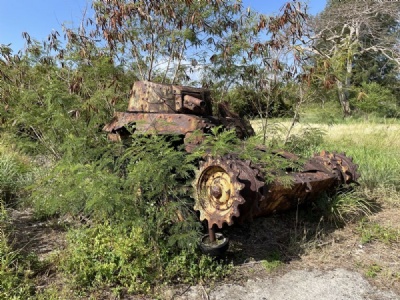
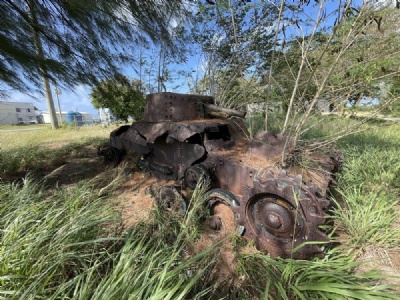
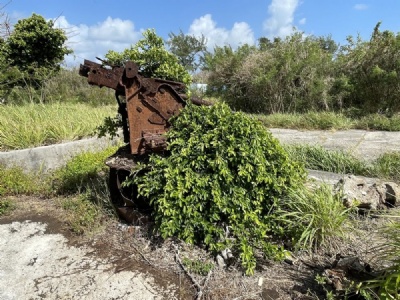
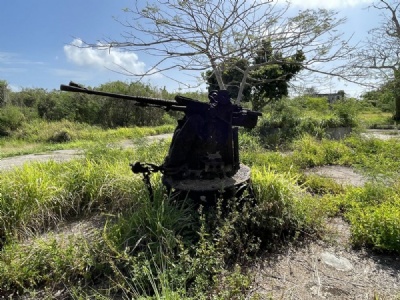
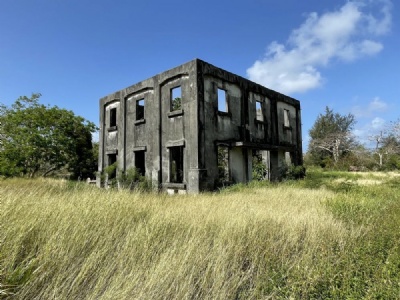
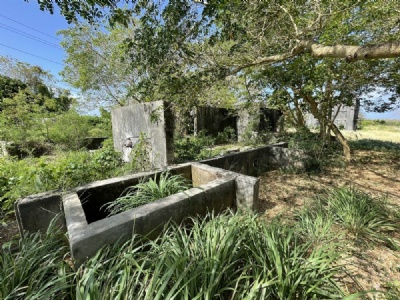
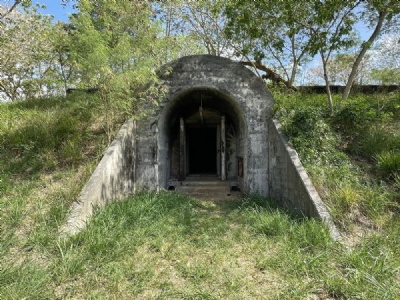
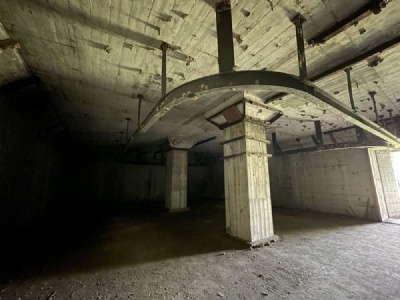
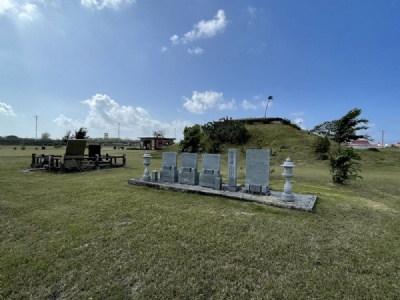
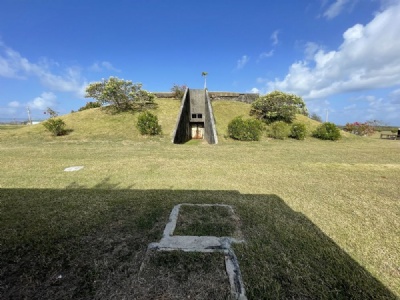
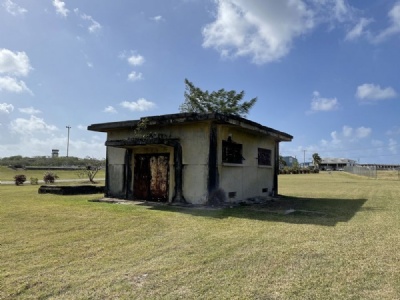
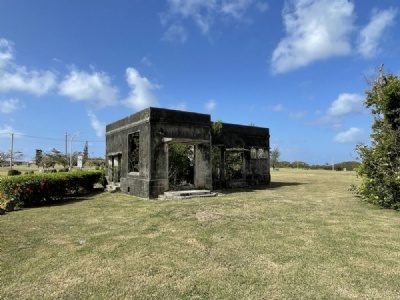

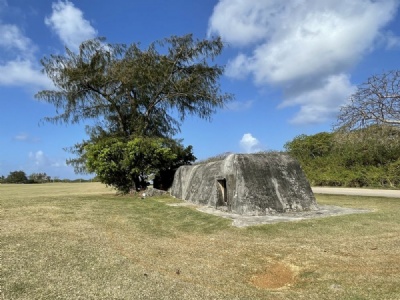

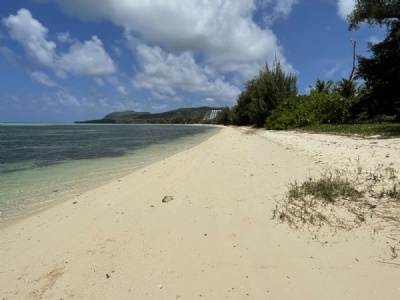
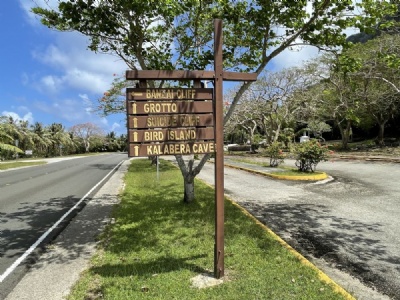
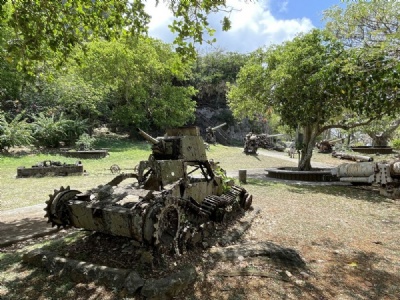
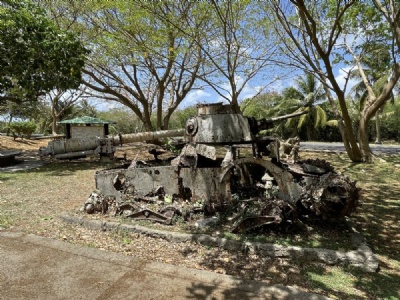
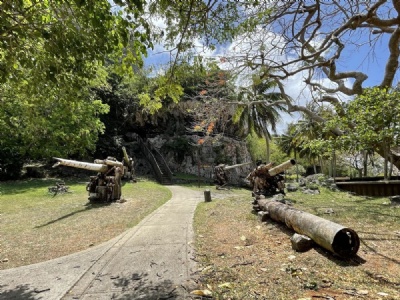
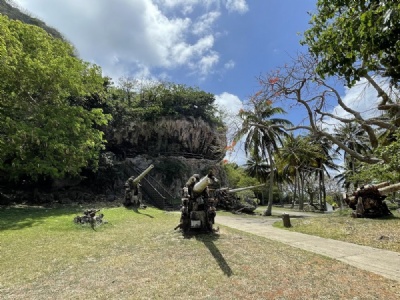
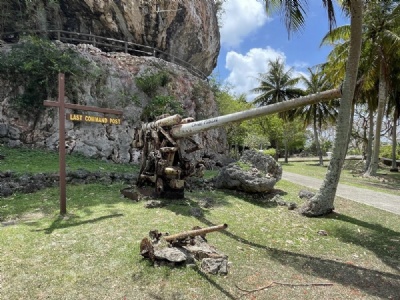


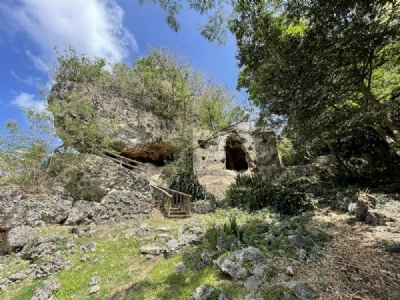
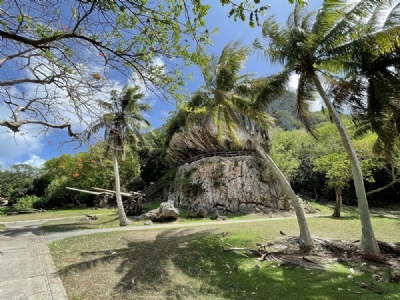
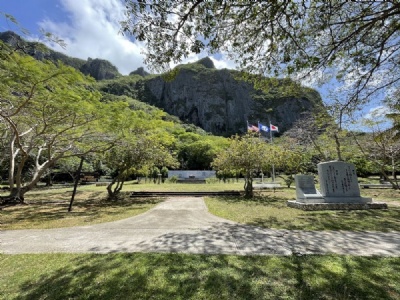
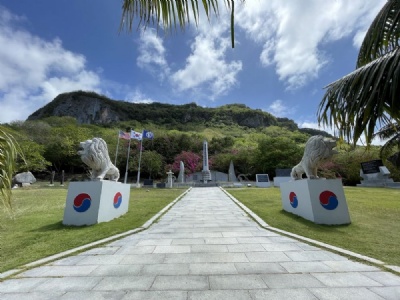
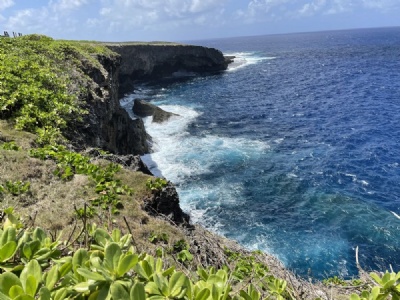
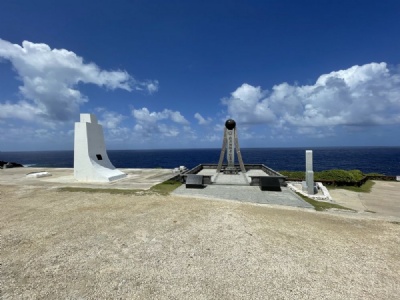
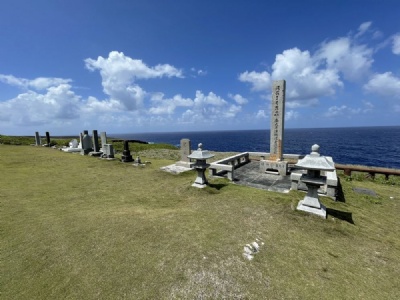
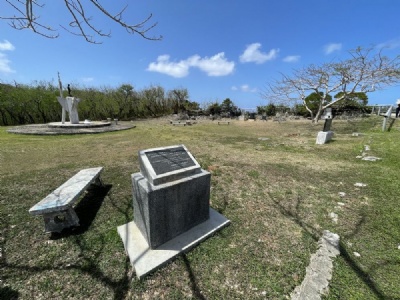
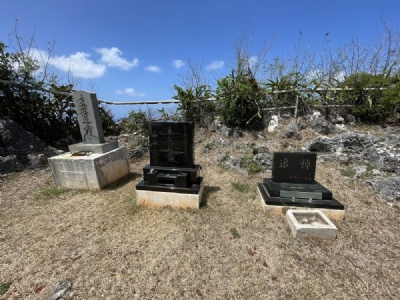
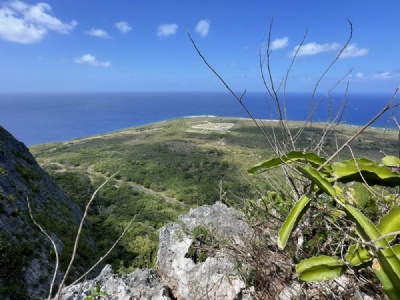
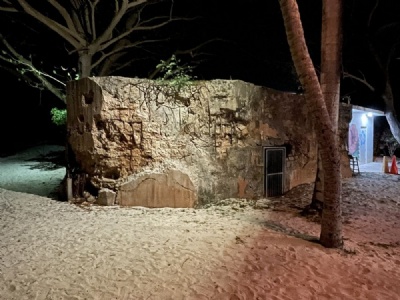
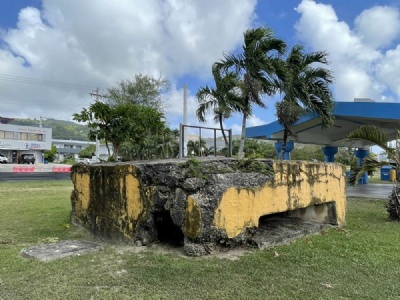
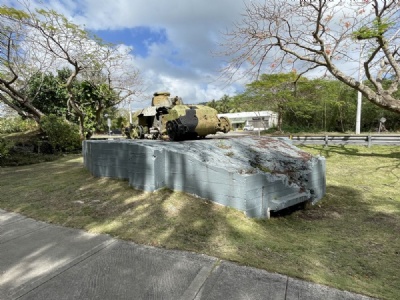
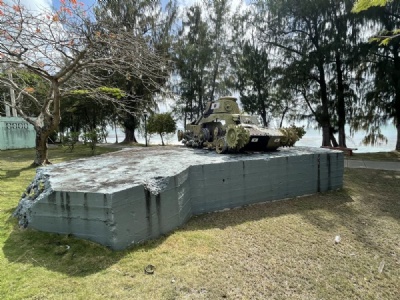
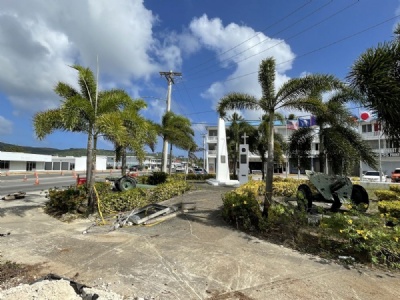
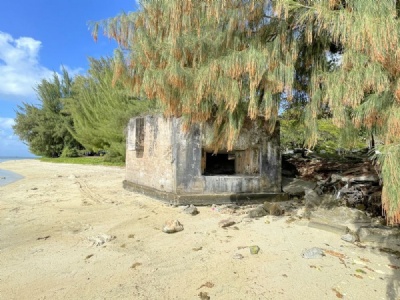
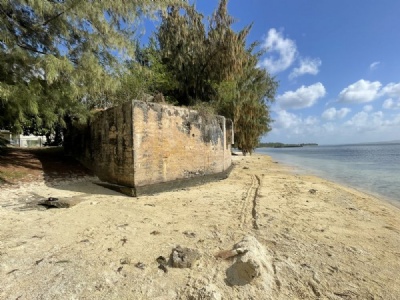

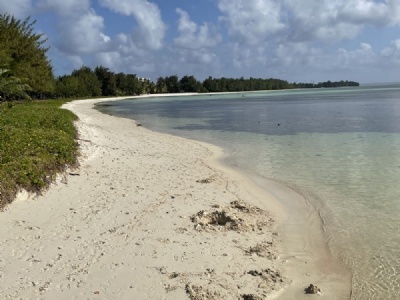
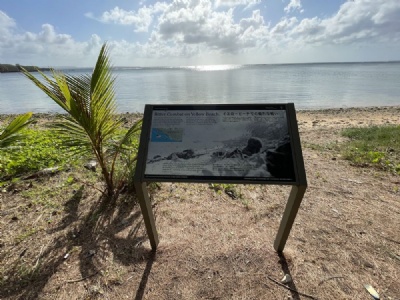
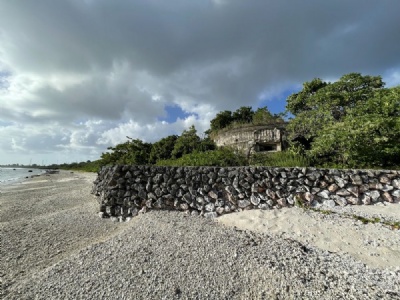
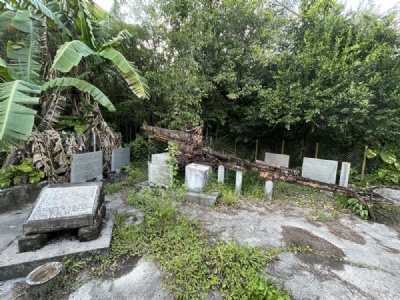
The geographical location of Saipan (and the Northen Mariana Islands) far out at sea makes it a long journey for us who lives in Europe. Expect between 24–30 hours (with stopovers) before landing on Saipan. Saipan may not be as well known as Okinawa and Iwo Jima but may still be seen as the island where Japan’s inevitable downfall began. It’s filled with interesting sites scattered across the island. In the north you can find Banzai and Suicide Cliff and Last Japanese Command Post. Easy to find as the sites are signposted. The scars in the rocks caused by the american bombardment which preceded the invasion are still visible. In the south, there is a lot of bunkers around the airport. Here it is not as well signposted but most of the bunkers are visible from the road. Along the coast and the invasion beaches there are several bunkers preserved, especially on the west side. In Garapan lies American Memorial Park with a interesting museum. Near Sugar King Park and a little tucked away is an abandoned Japanese prison.
Even in the water outside the invasion beaches there are various wrecks of ships, planes, landing boats and three Sherman tanks left since the invasion day. One of them is located no more than about 200 meters from the beach and can be reached by walking while the others are a little further out. All are visible from land. The clear and shallow waters have also made Saipan a popular diving destination. Several wrecks lies in shallow water. There is also an idyllic little island (Managaha) with bunkers and guns as well as the wreck of a landing boat (LVT-1) destroyed by Japanese shelling during the invasion. The island can be easily reached by boat from Saipan.
Saipan is no more than 20 kilometers long and about eight kilometers wide and all parts are accessible by car. Some war memories such as caves and bunkers are inaccessible in the jungle or are located far away from decent roads and can only be reached by foot. Belongings, equipment and even remains after japanese soldiers can still be found in the caves. However, one should have respect for the jungle and that one should not wander into if one does not have experience. But it is also what tickles a bit to be able to mix what can easily be found with what can not be found easily. But to walk straight into the jungle without any visible path or other signs to follow is not recommended for the avarage tourist.
Many of the bunkers on Saipan still have their guns that make them a little extra interesting to look for. They can be a bit difficult to find and the vegetation does its best to protect and hide them. Worth mentioning is also that the ruins are spared from graffiti. There are also plenty of monuments, even Japanese, side by side with american and korean monuments and equally well maintained. This is a big difference compared to Europe, where German monuments are kept at distance from others and tucked away. Other sites offer a magnificent view of the entire island or (dangerous) steep precipices where the waves of the sea beautifully (and brutally) whips the rocks. But there are also quiet beaches with clear water for those who, after a historic day, want to cool off in 30 degree celsius water. For those who want to explore Saipan’s WW2 sites should set aside 5–6 days. The proximity to Tinian also makes it possible to make a day trip to explore everything Tinian has to offer for those who are interested in WW2.
Saipan is a hospitable island with a slow pace and tropical heat all year round. Unfortunately, it is obvious that the island was hit hard by the pandemic in 2020 (Covid). In the main town of Garapan you can see several empty shops and restaurants or even abandoned and left to their fate. Something you also see when you travel around the island. The great number of stray dogs is a another sign that something isn’t what it used to be. As a dog person it hurts to see all these dogs wandering arround. Tourism is probably nowhere near what it was before the pandemic. You can also see several residential complexes standing empty and deserted or that the construction abruptly stopped. But the tourists who come there still got everything they need, affordable hotels, restaurants and a lot to see and do.